Nangiarkoothu / Nangiar Koothu : A 1500-Year Old Traditional Solo Sanskrit Dance & Theatre Art Form from Kerala – History, Types, and the Epic Tale of Poothana Moksham from Life of Lord Krishna, A Spectacular Nangiar Koothu Performance (Updated)
– dance form with a mesmerizing blend of hand gestures, facial expressions, & body movements
| CasualWalker’s Rating for Poothana Moksham – Nangiarkoothu by Sri Jayalakshmi : | |

9.9 – Great / Excellent
|
Nangiarkoothu / Nangiar Koothu, also known as Nangiaramma Koothu, is a distinguished Sanskrit dance-theatre form from Kerala with a rich heritage spanning at least 1500 years. Historically, it was exclusively performed in temple settings known as Kootahambalams.
In contrast to Koodiyattam, a Sanskrit drama involving both male and female actors, Nangiarkoothu stands out as a solo performance tradition, traditionally enacted by women from the Ambalavasi Nambiar community of Kerala, known as Nangyaramma.



The narratives for Nangiarkoothu performances are drawn from the revered text Sri Krishna Charitam, narrating the captivating life of Lord Krishna. During these performances, the actress skillfully portrays the intricate tales of Lord Krishna through a mesmerizing blend of hand gestures, facial expressions, and body movements, accompanied by the resonant rhythms of the mizhavu, a traditional pot drum.

Nangiarkoothu is predominantly characterized by Abhinaya, the expressive aspect of dance, with minimal emphasis on nritta, or pure dance elements. It comprises two significant segments: Nirvahanam, a retrospective solo act recounting past events, and the play itself, featuring dialogues and multiple characters.

Throughout the performance, a single actress adeptly assumes various roles within the narrative, bringing the story to life through a meticulously structured system of hand gestures, emotive expressions, verse recitations, and unique stage techniques. Accompanying the performers are skilled artists playing the Mizhavu, a copper pot drum, and hollow cymbals, enhancing the immersive experience for the audience.
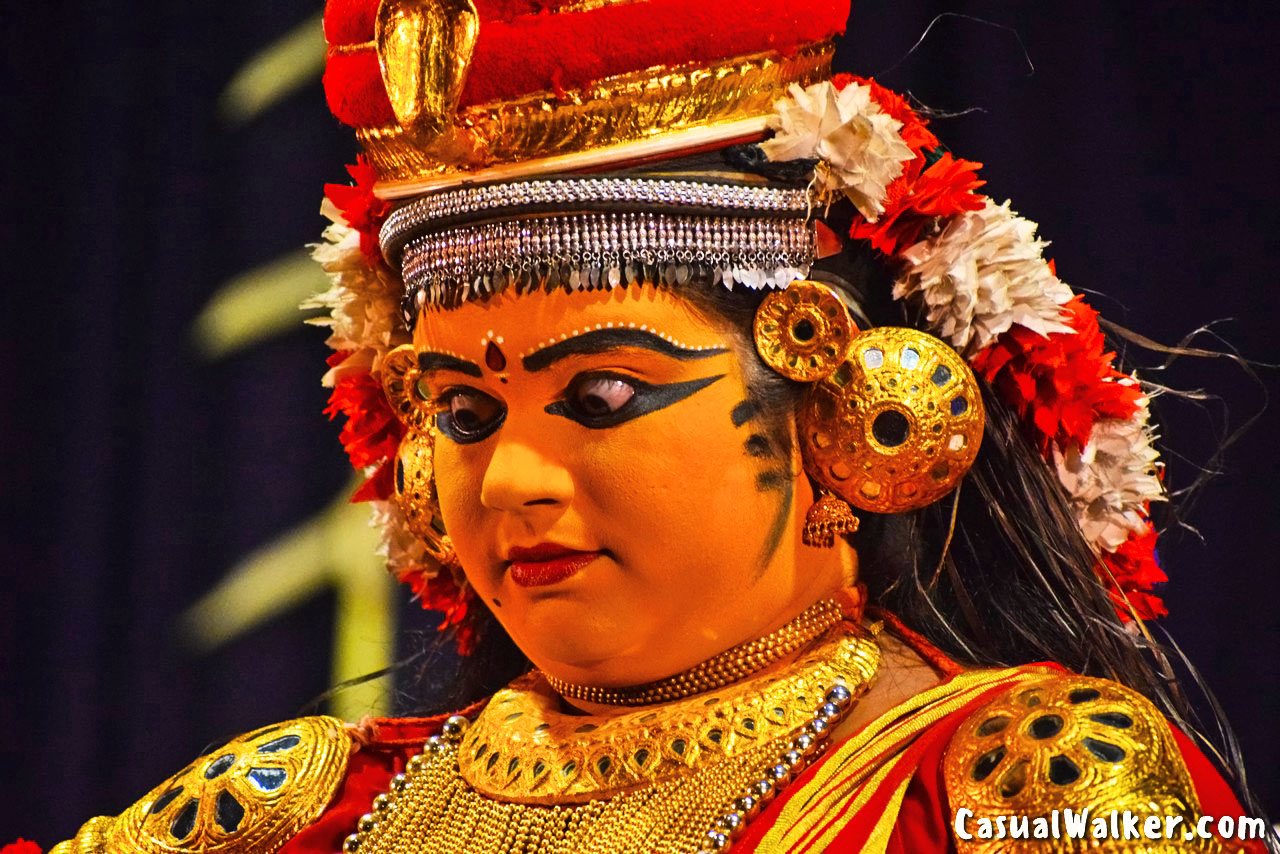
Origins of Nangiar Koothu
The inception of Nangiarkoothu holds a fascinating history. It is said that King Kulashekara Varman, impressed by the talents of a Nangiar actress, married her. However, some segments of society viewed her children as outcasts. Upon learning of this injustice, the king granted them special rights to perform Koothu, a traditional art form, in temples across his kingdom. He even commissioned the writing of the text “Sri Krishnacharitam” for the Nangiars to perform. To support these performances, tax-free properties were allocated. Over time, the community gained recognition, and efforts were made to grant equal status to Nangiars. The performance typically spans two parts, each lasting around one and a half hours.
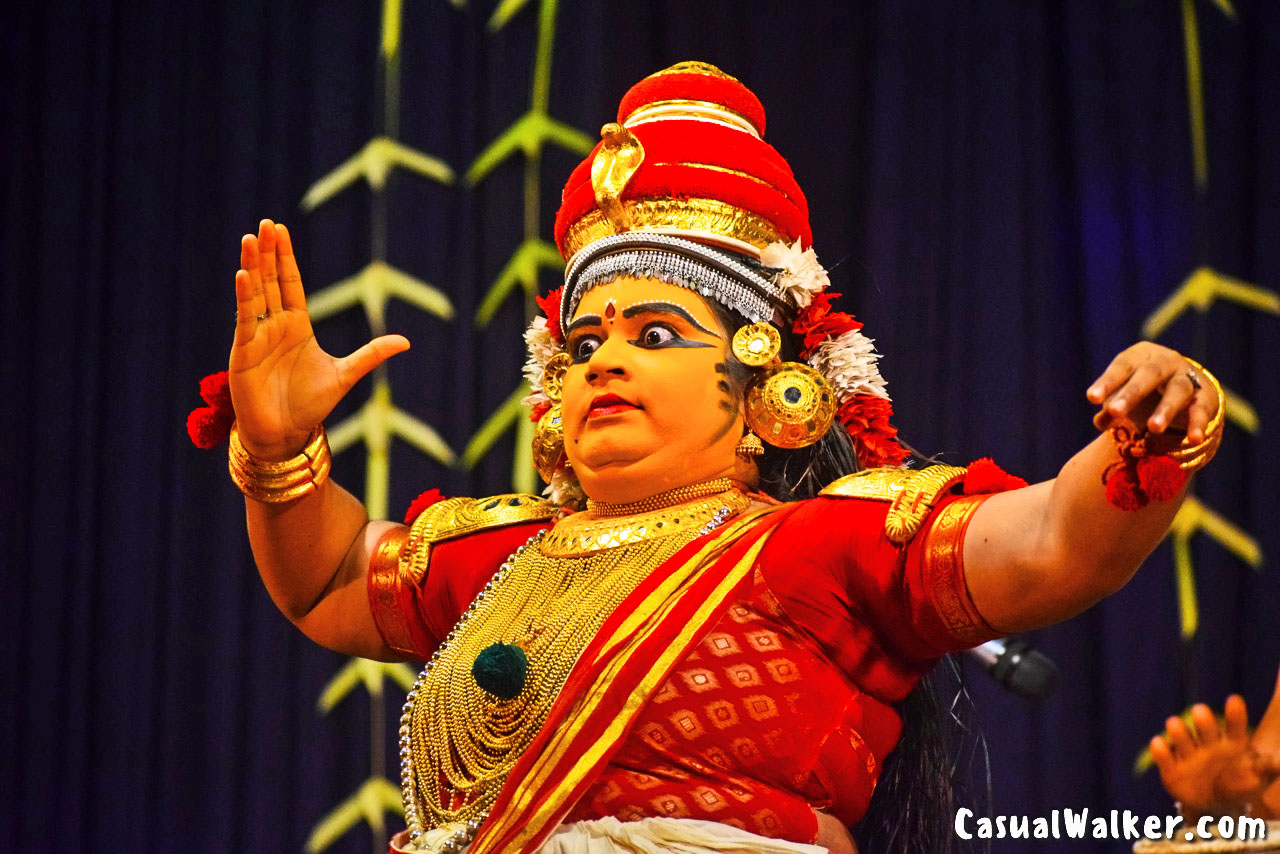
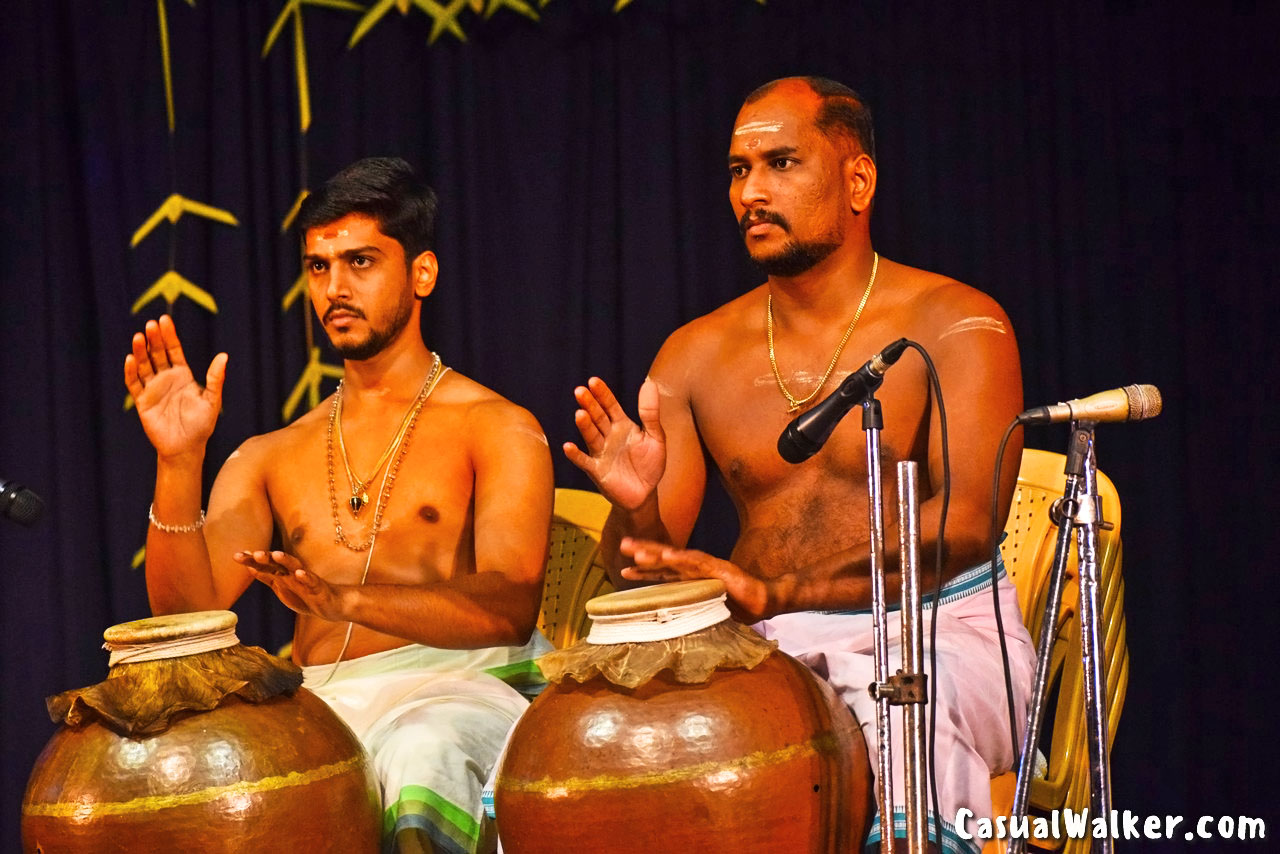
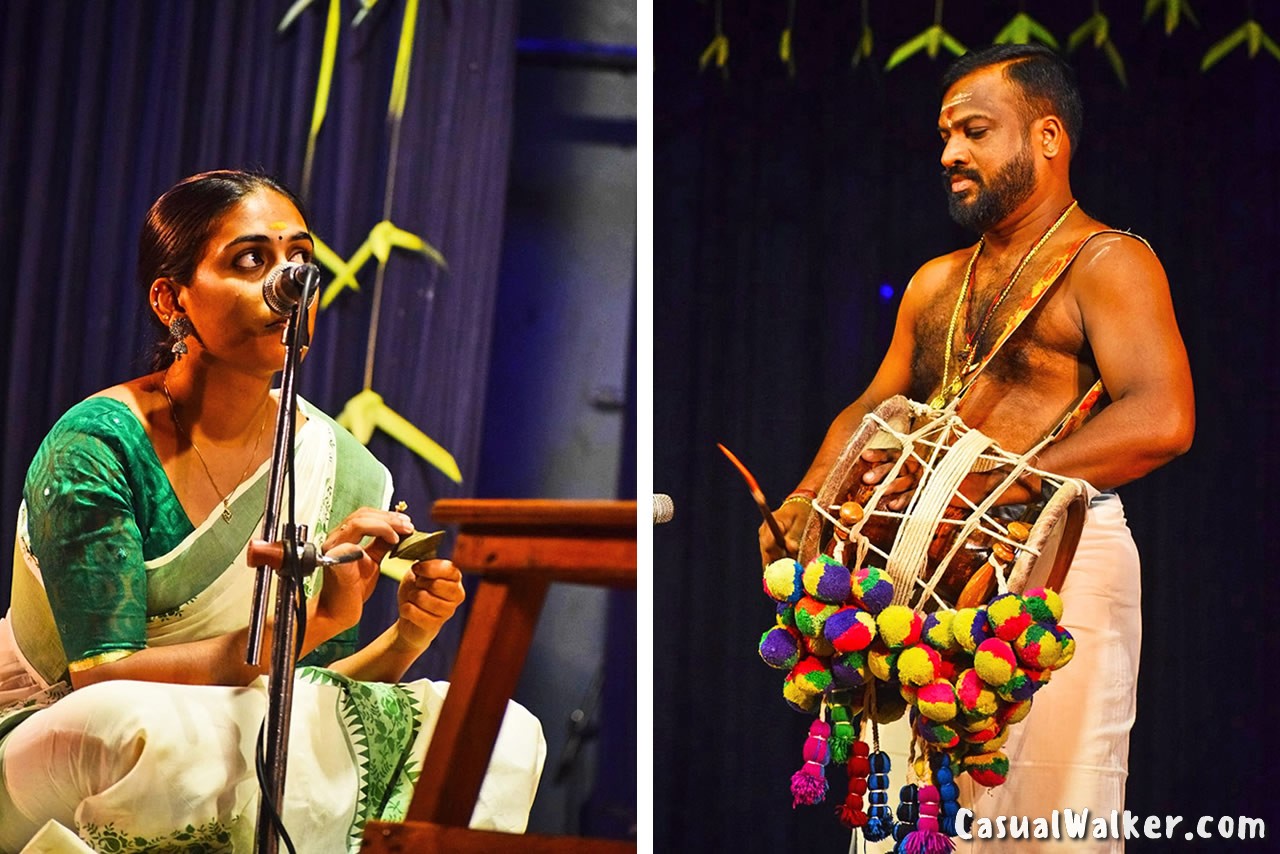
Nangiarkoothu Major Segments
Nangiarkoothu’s performances are often considered challenging for uninformed viewers to comprehend. With over 217 slokas intricately woven into its narrative, a full presentation can take approximately 30-40 days to complete. Some of the most renowned performances, such as Putana Moksham, are showcased by Nangiarkoothu artists across Kerala.
Purappad
The Purappad marks the entrance of a significant character onto the stage. In Nangiarkoothu, this ritual is steeped in tradition, symbolizing the arrival of Subhadra’s maid, Kalpalithika, who serves as the storyteller. In presentations spanning multiple years, Purappad is performed annually. Upon its conclusion, the actor, adorned in costume, pays homage to the deity within the temple sanctum.
Sankshepa
Sankshepa involves narrating the essence of the story through gestures and recalling previous events to set the stage for the performance. The actor, seated on a stool, extends her left hand, touching it thrice with her right hand at her elbow, forearm, and fingertips in succession.
Anukrama
Anukrama involves moving backward through a series of incidents by posing questions through gestures, accompanied by the inquiry, “How was it that this happened?” This technique connects the characters to their backstory, adding depth to their portrayal.
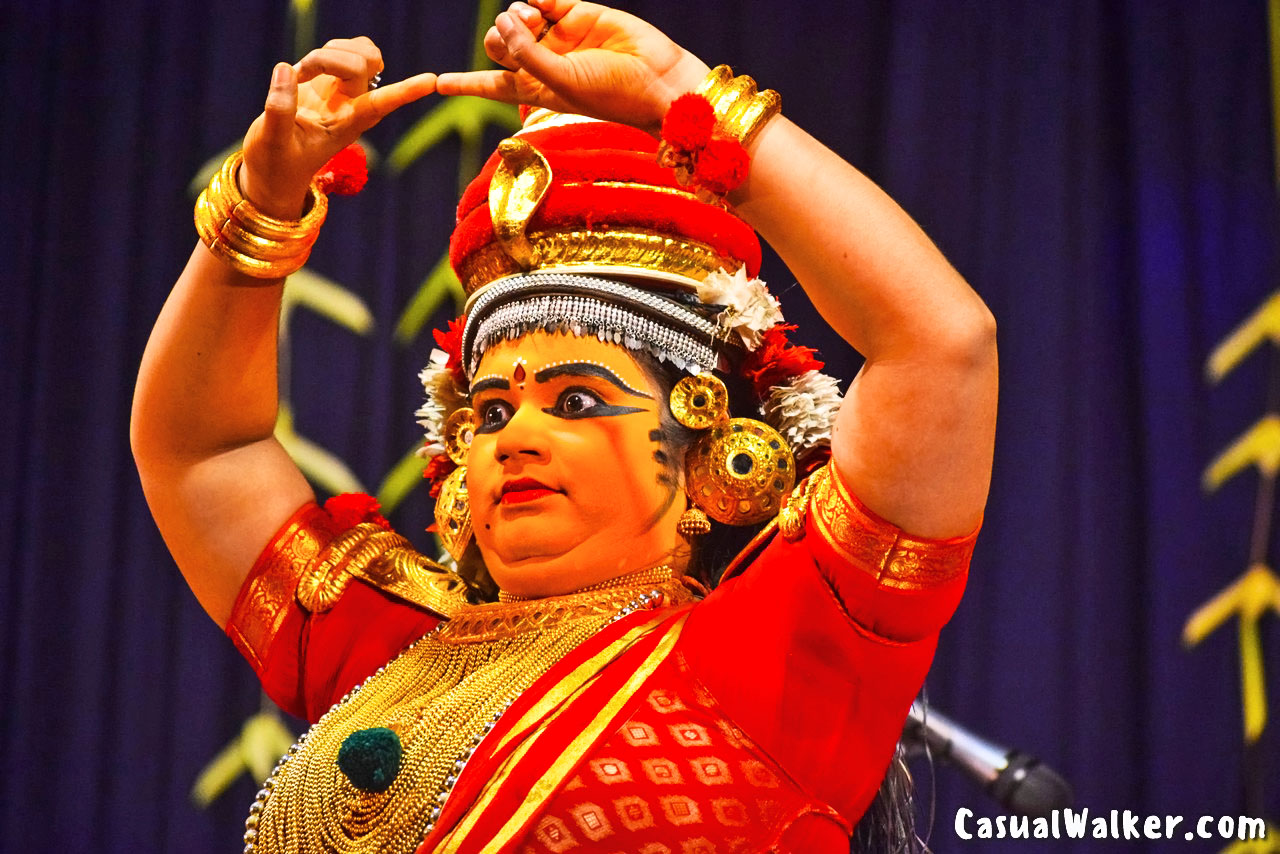
Nirvahanam
Nirvahanam is a unique stage technique where a character recounts past events, often their own story or flashback, setting the context for their appearance on stage. In Nangiarkoothu, this technique is elevated as a single character visually recites a detailed story, resembling more of a storytelling art than conventional theatre.
Pakarnattam
Pakarnattam, translating to “transpose and dance,” involves role-play where the actor transitions between roles, changing position and gesturing to denote character changes and dialogue exchanges.
Mudras
Both Koodiyattam and Nangiarkoothu employ an extensive vocabulary of mudras, encompassing proper nouns, common nouns, verbs, and prepositions (vibhakti in Sanskrit). The meaning of a mudra varies depending on the context of its usage.
Swara
Swara refers to the melodic recitation of slokas, interchangeably called swara or ragas. Each sloka is taught and recited in a specific raga, reflecting the emotional content, or “bhava,” of the verse.


Poothana Moksham – Nangiar Koothu Performance by Sri. Jayalakshmi .M
The Nangiarkoothu performance of “Poothana Moksham” by esteemed artist Sri. Jayalakshmi .M showcases a captivating portrayal of this ancient tale. Through her splendid and marvelous performance, Jayalakshmi exemplifies the rich tradition and storytelling excellence inherent in Nangiarkoothu. With exquisite mastery, Jayalakshmi brings to life the narrative of “Poothana Moksham,” captivating audiences with her portrayal of the demoness Puthana’s encounter with the divine infant Krishna. Through the medium of Nangiarkoothu, she skillfully evokes the essence of the story, delving into the depths of emotions and capturing the essence of each character’s journey.
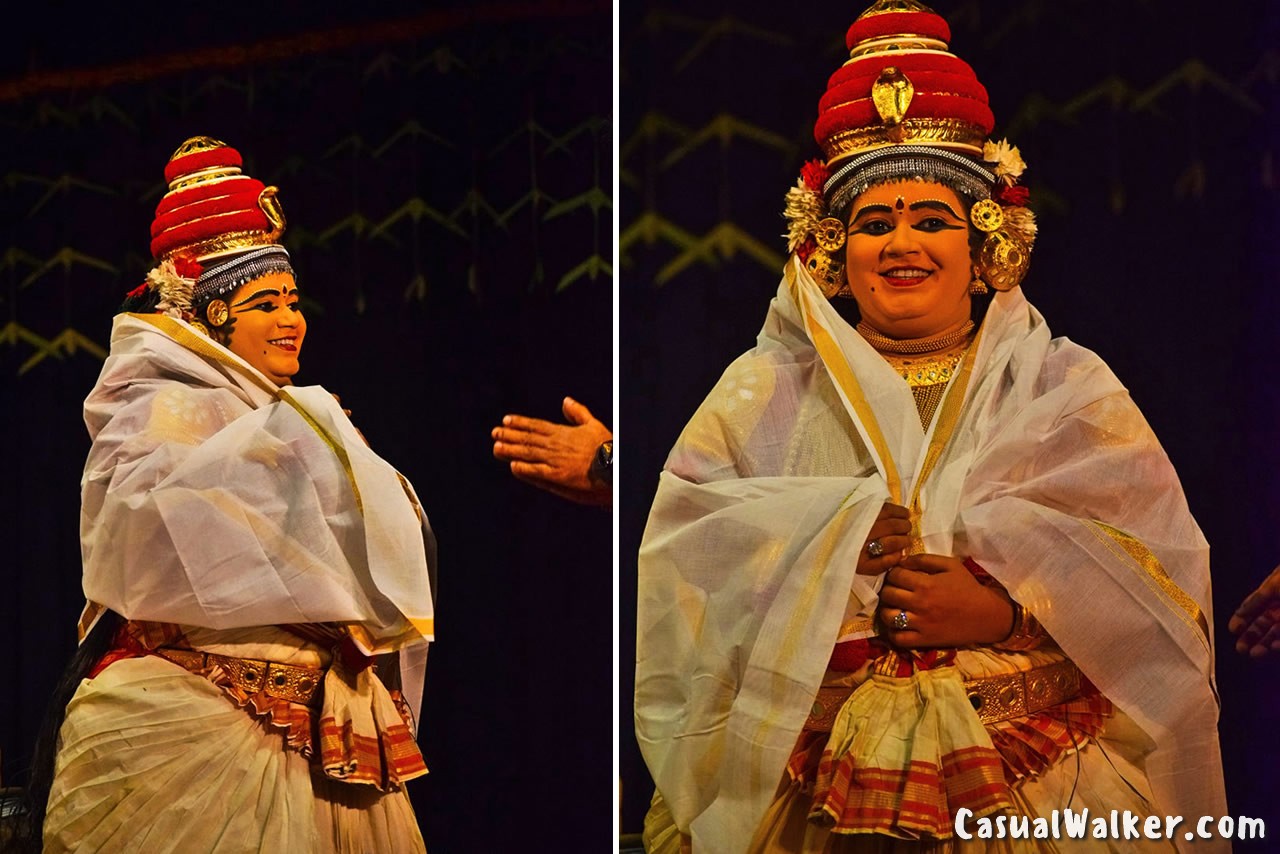
Jayalakshmi’s performance resonates with the essence of “rasa,” the aesthetic essence that encapsulates the emotional experience of the audience. Through her expressive gestures, nuanced facial expressions, and evocative storytelling, she creates a profound emotional connection with the spectators, immersing them in the divine drama unfolding before their eyes.
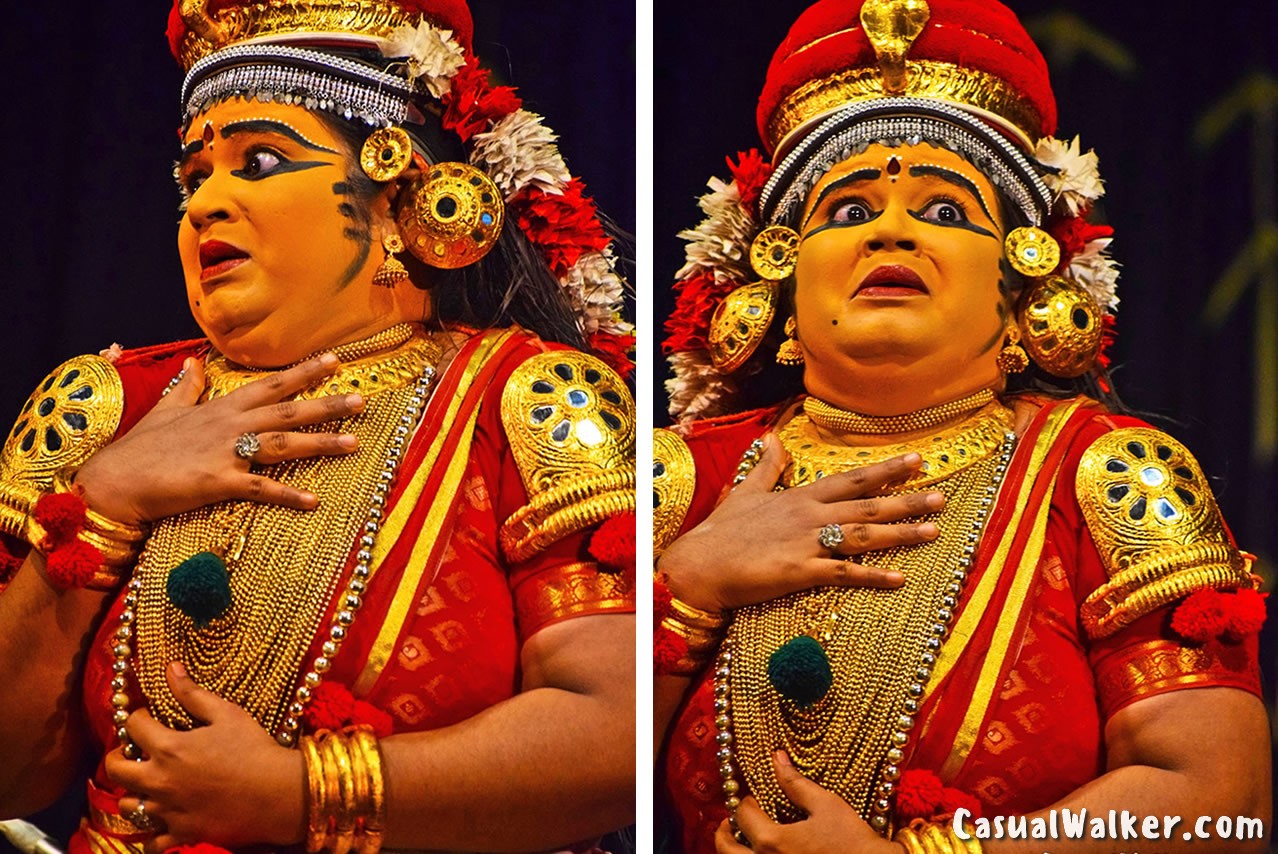
Poothana Moksham : The Salvation of Puthana
Poothana Moksham is a significant tale surrounding the childhood of Lord Krishna. It narrates the encounter between Krishna, an infant deity, and Puthana, a demoness sent by the malevolent King Kamsa to eliminate him.

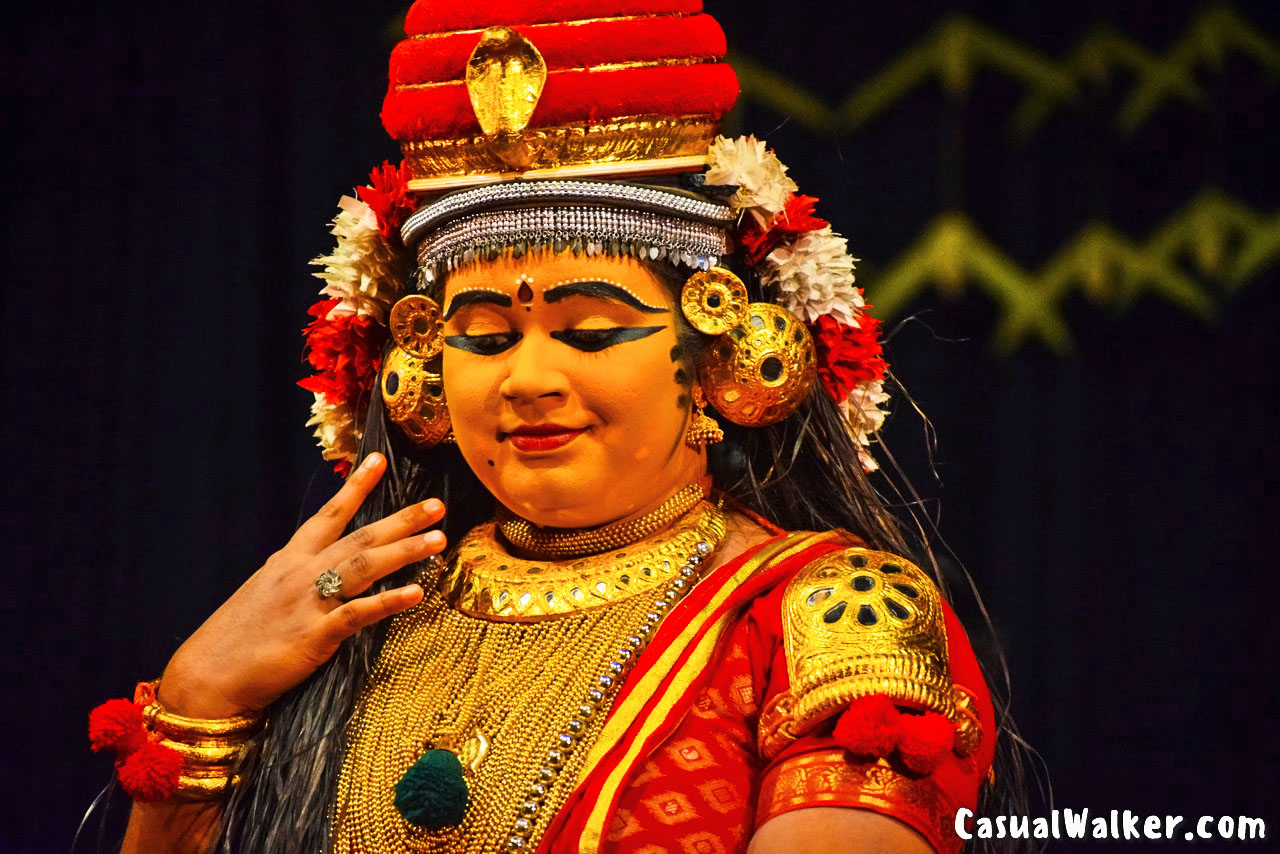
According to the legend, Kamsa, fearful of a prophecy predicting his demise at the hands of Krishna, dispatches Puthana to execute all newborns in the vicinity. Disguised as a beautiful woman, Puthana infiltrates the homes of innocent families, posing as a caretaker before revealing her true form and administering her lethal poison.
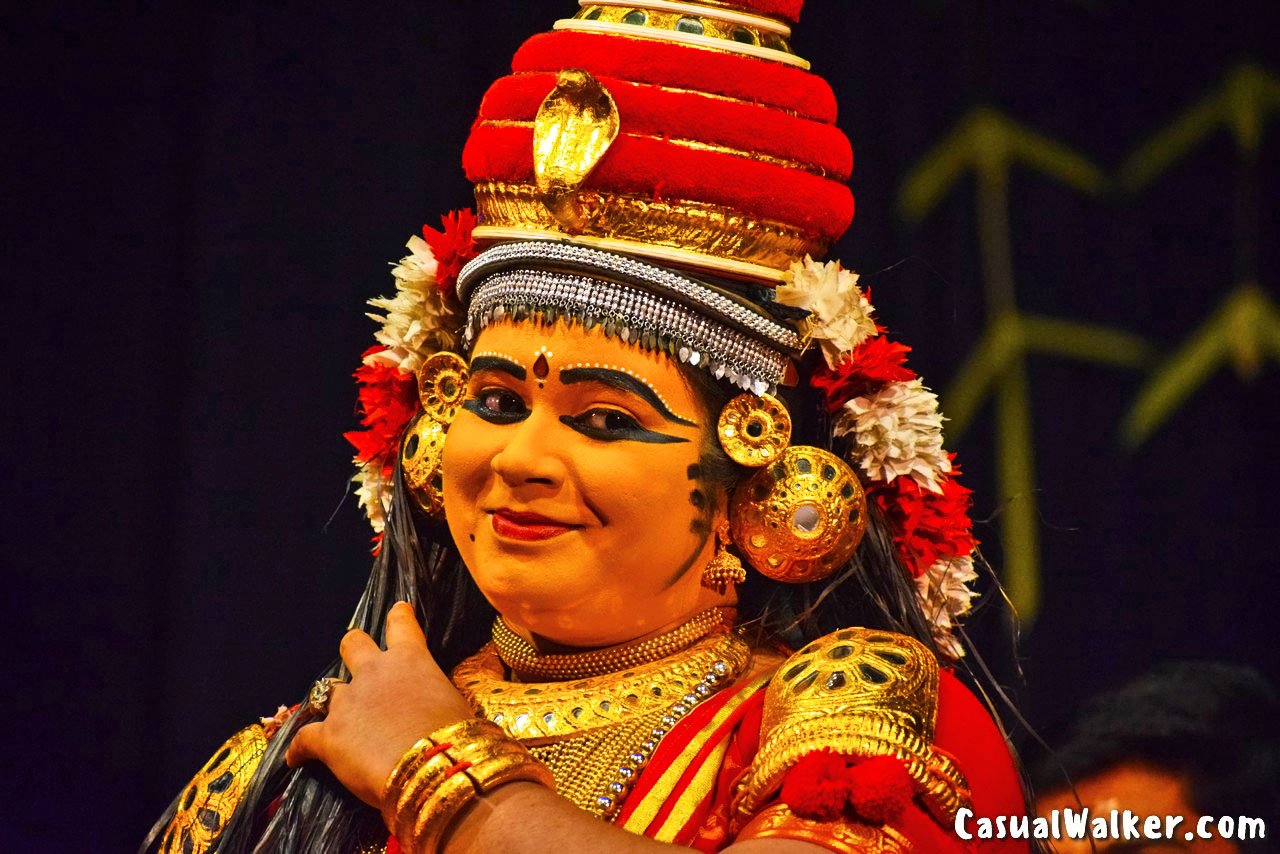
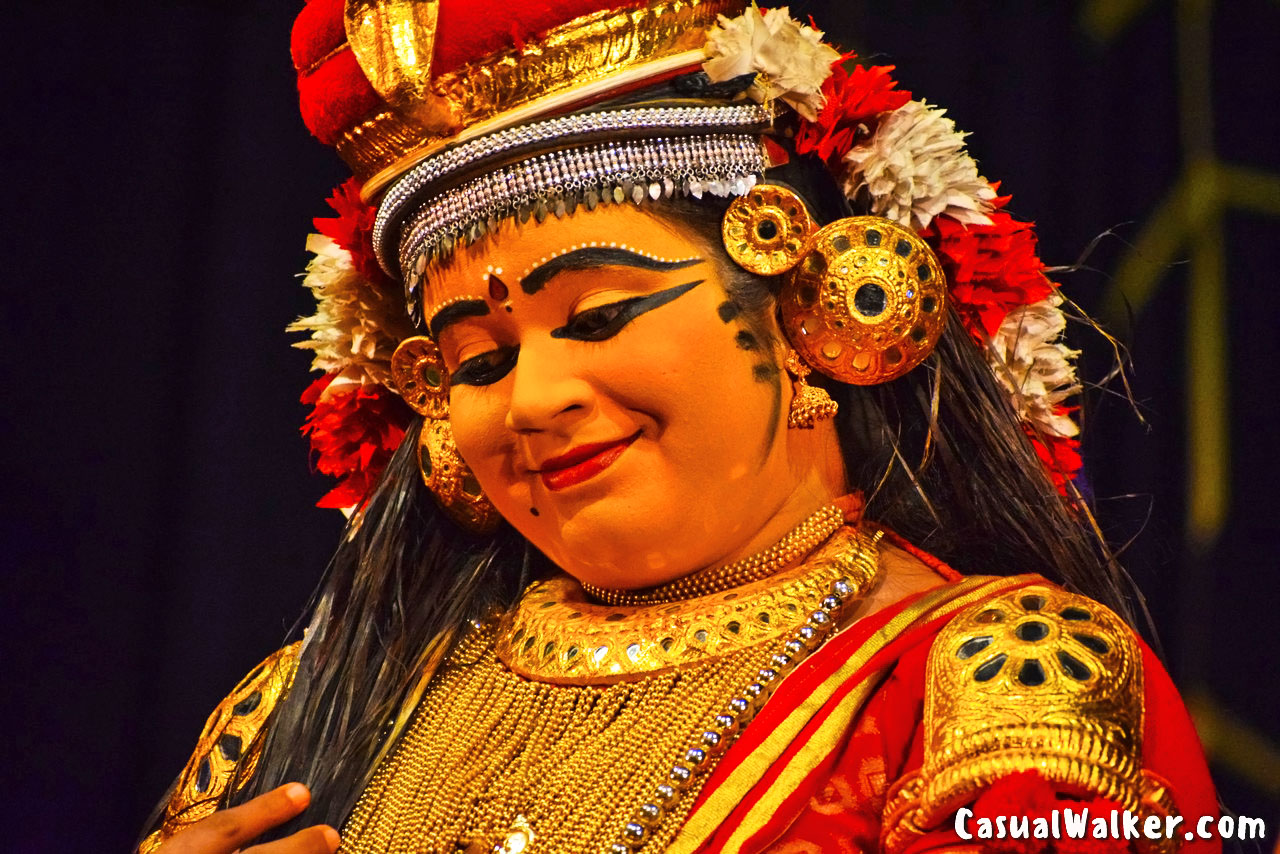
In the narrative, Puthana approaches the infant Krishna, intending to nurse him with her toxic milk. However, Krishna, aware of her nefarious intentions, willingly suckles from her breasts, simultaneously extracting her life force and freeing her soul from the cycle of rebirth – hence the term “Moksham,” signifying liberation.
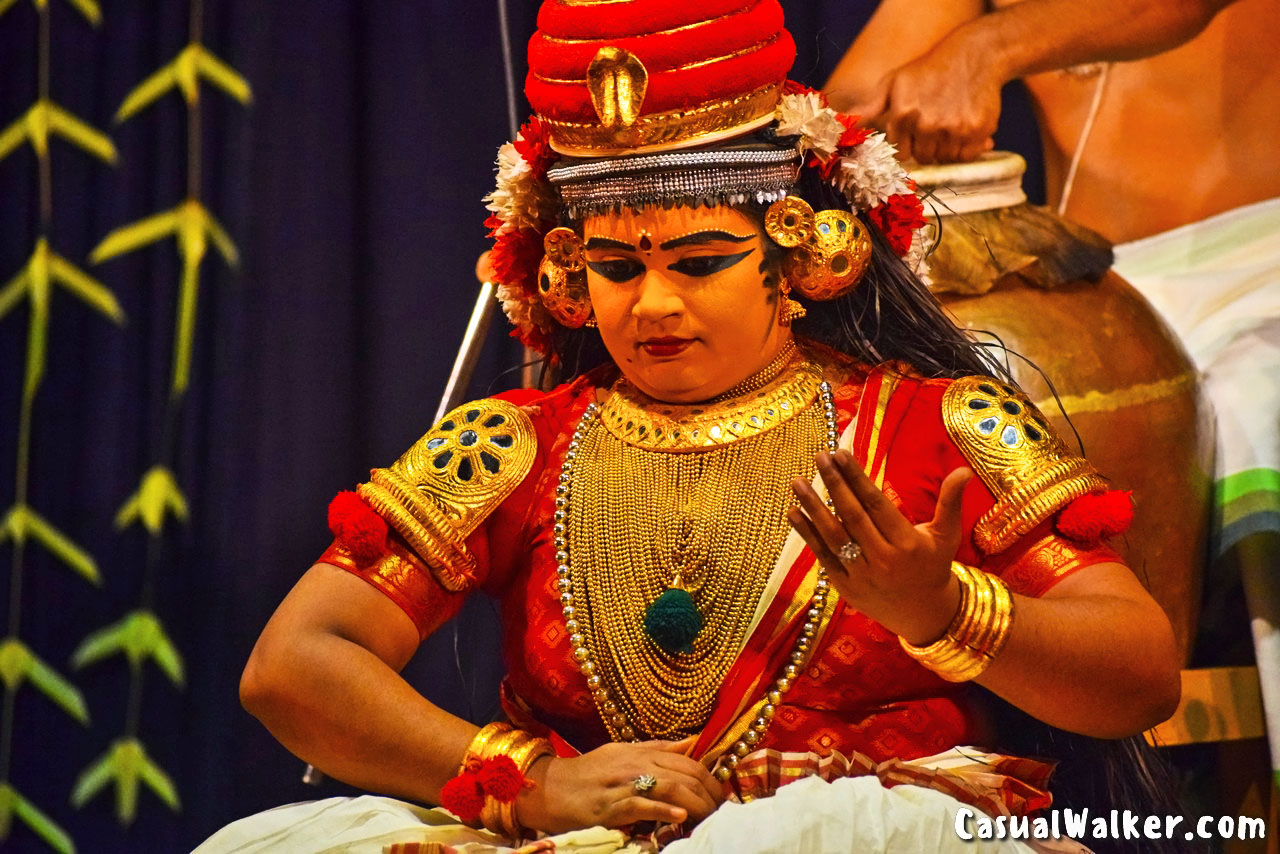
Poothana Moksham symbolizes the triumph of good over evil and the divine protection afforded to devotees of Lord Krishna. It illustrates Krishna’s divine nature and his ability to thwart the schemes of malevolent forces, even as an infant.
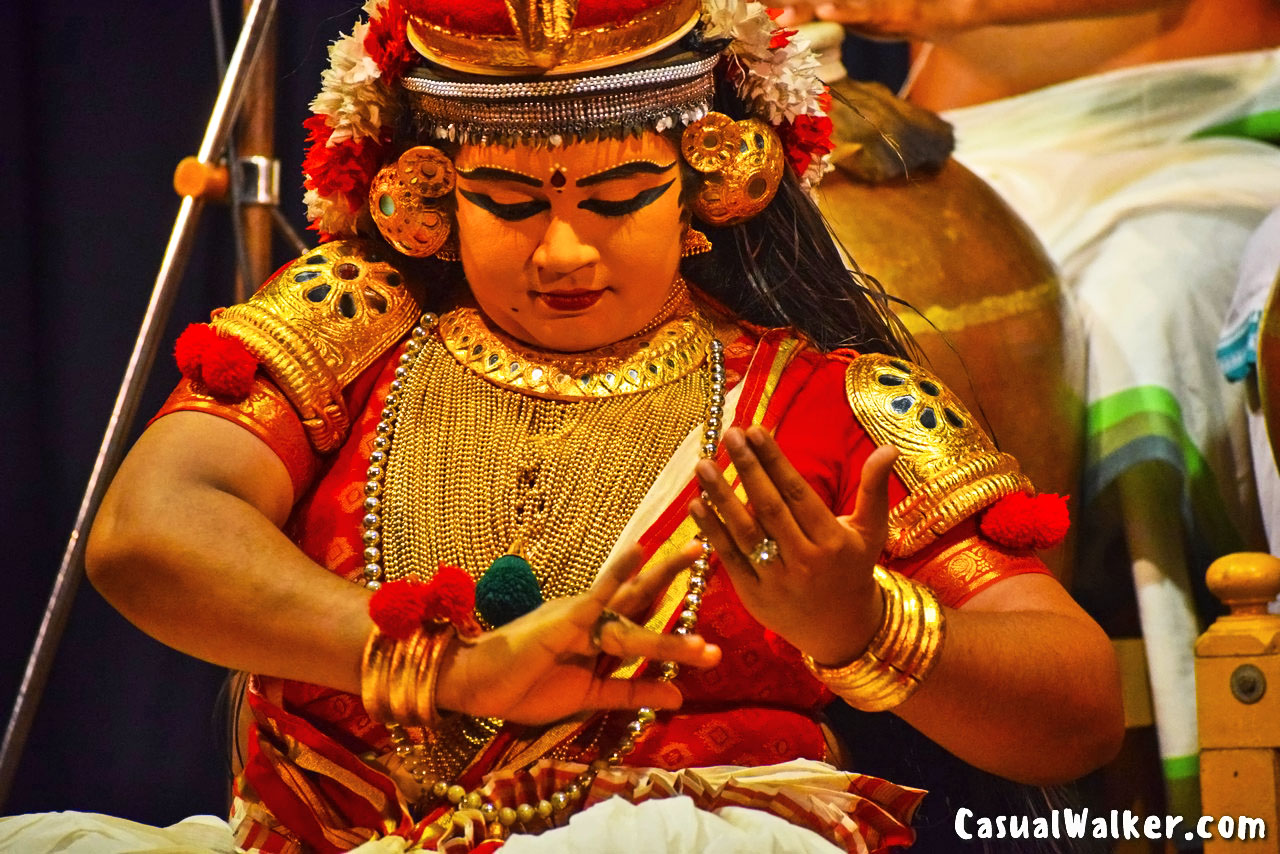
This tale is often depicted in various forms of art, including classical dance-dramas like Koodiyattam and Nangiarkoothu, as well as in paintings, sculptures, and devotional literature, reflecting its enduring significance in Hindu culture and spirituality.

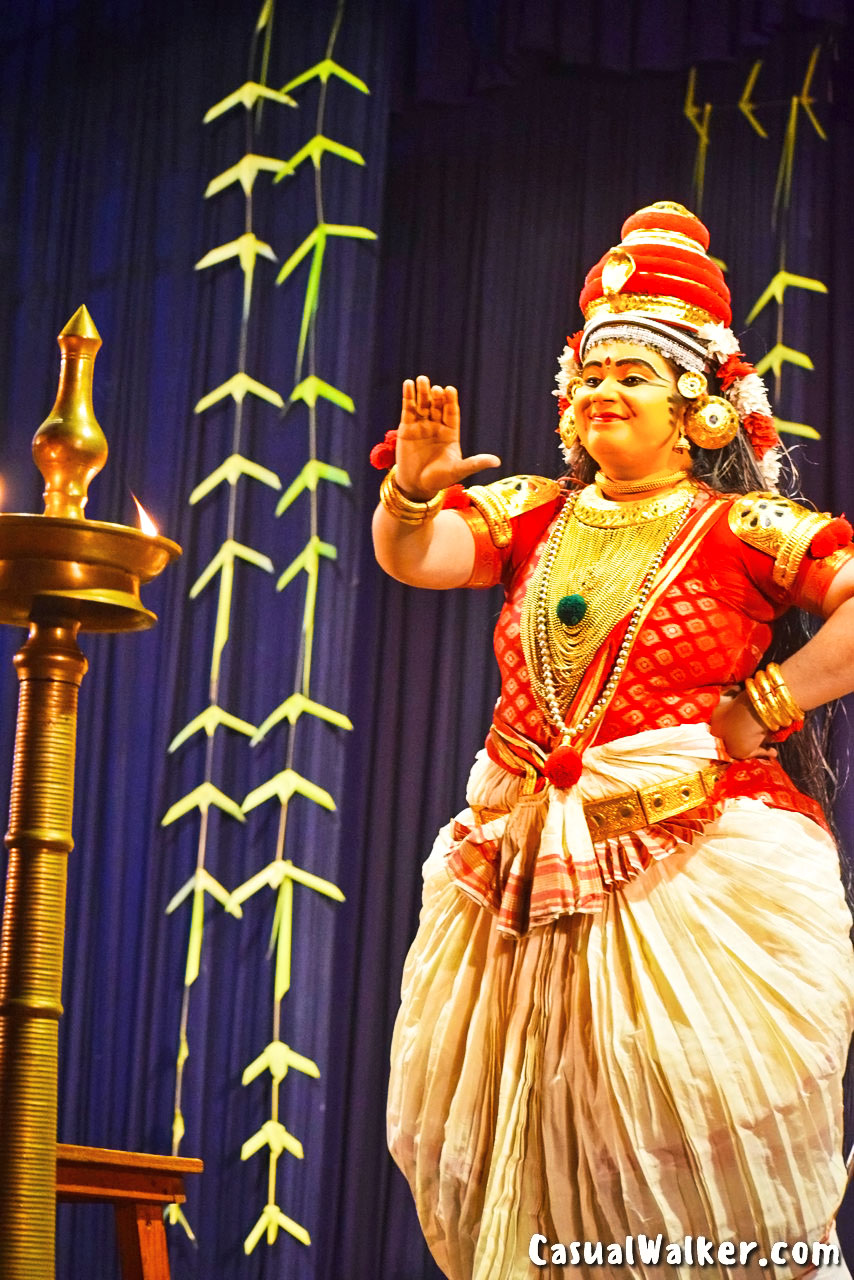
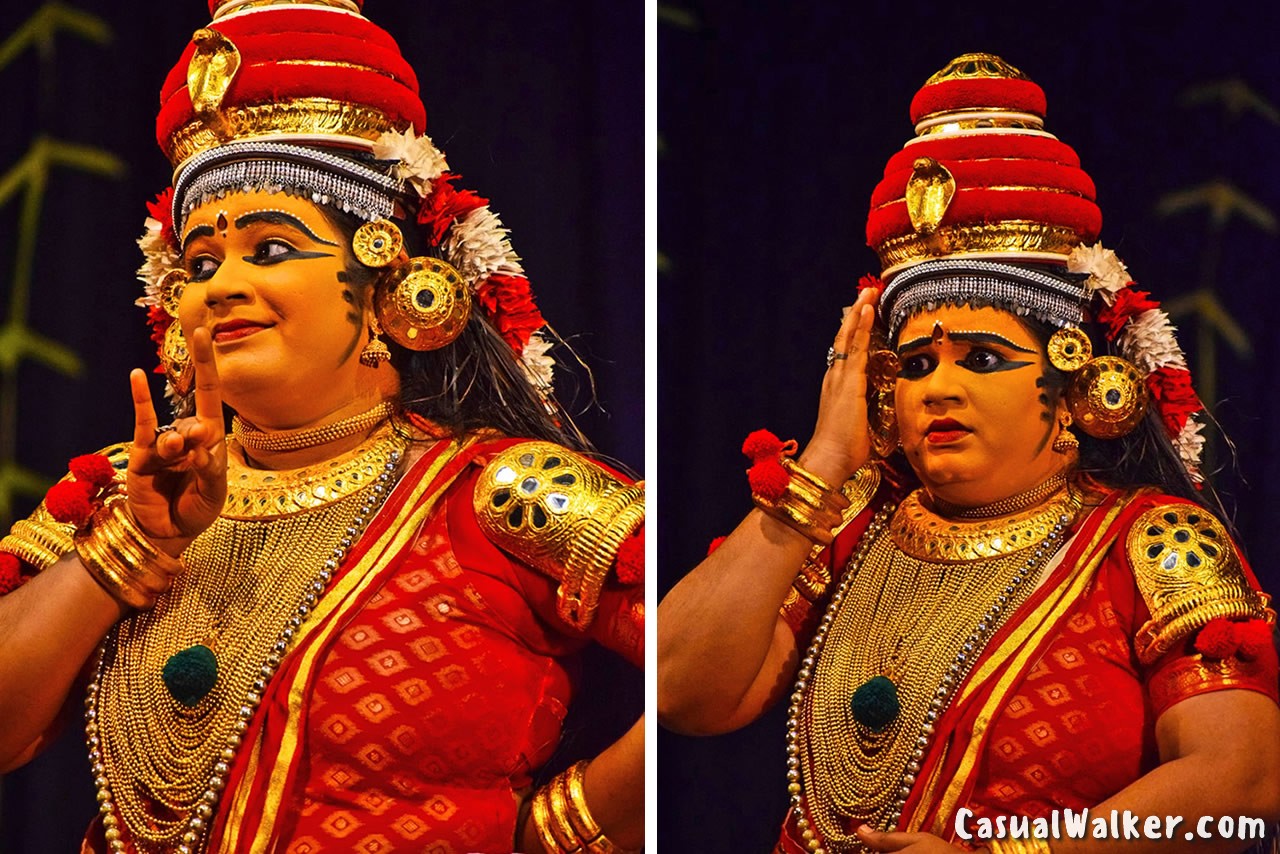
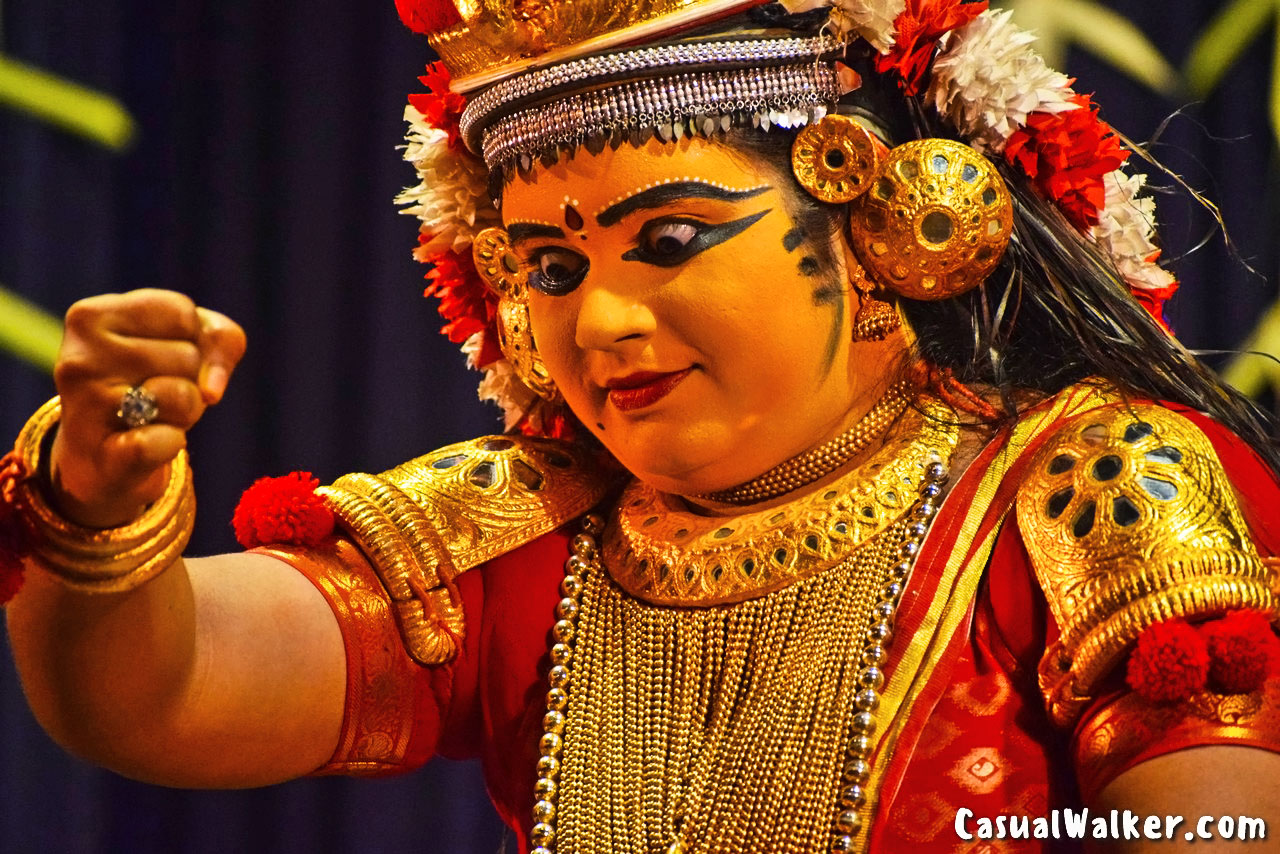
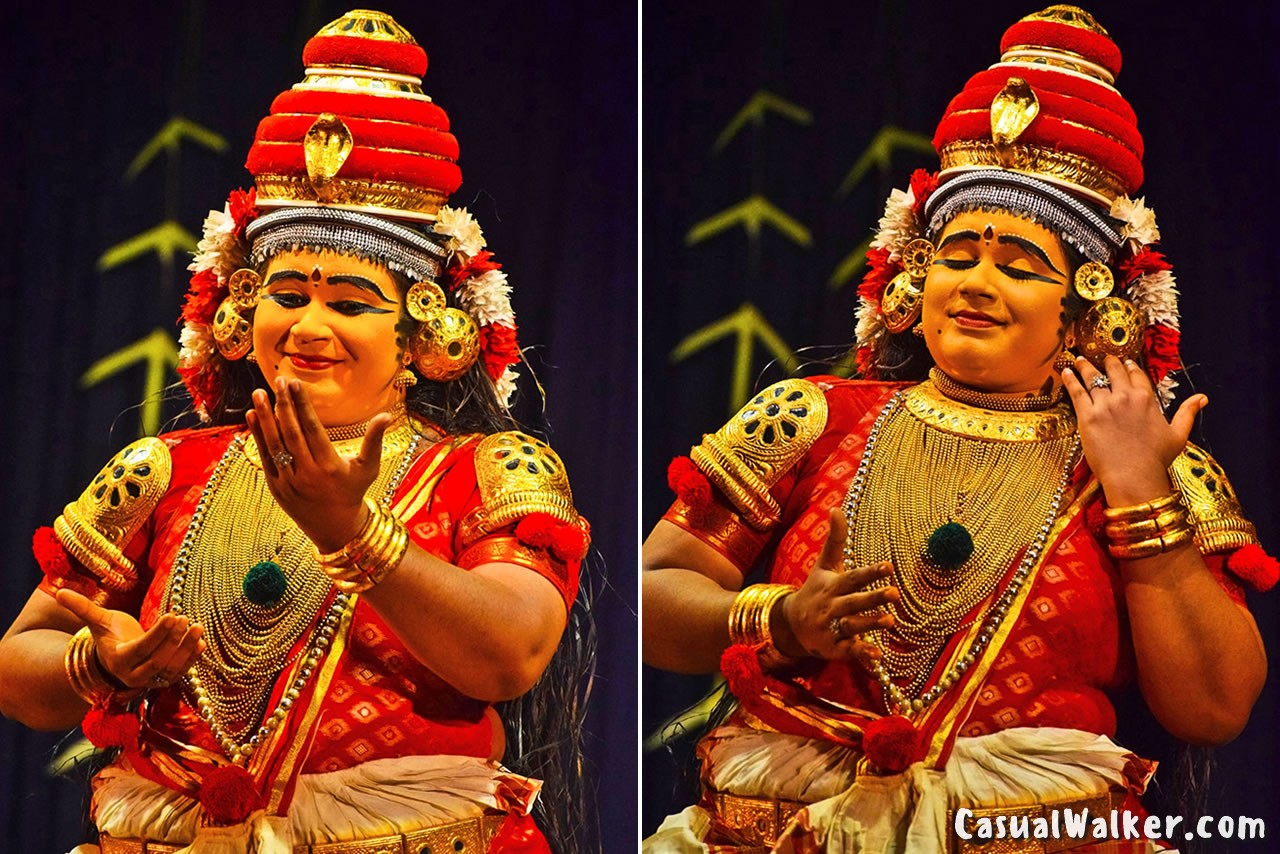

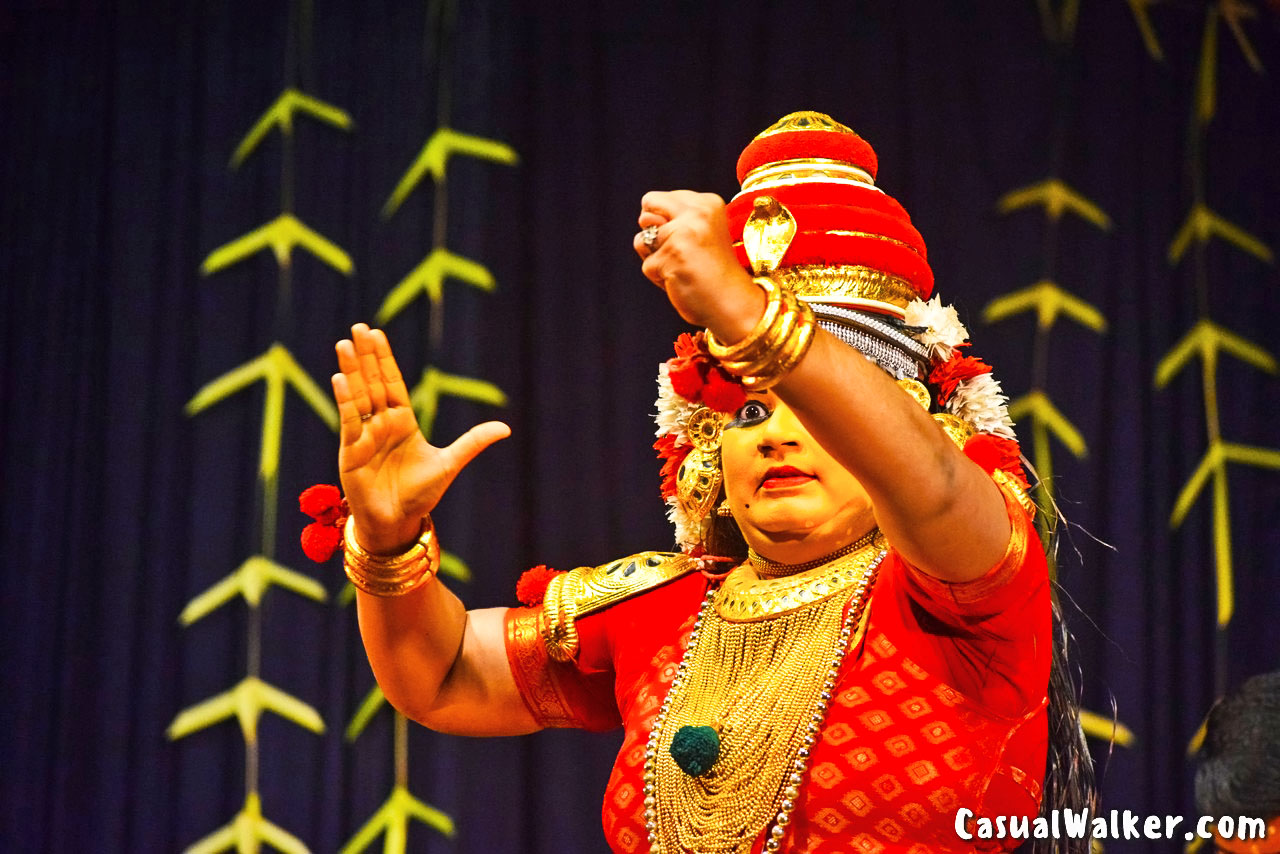
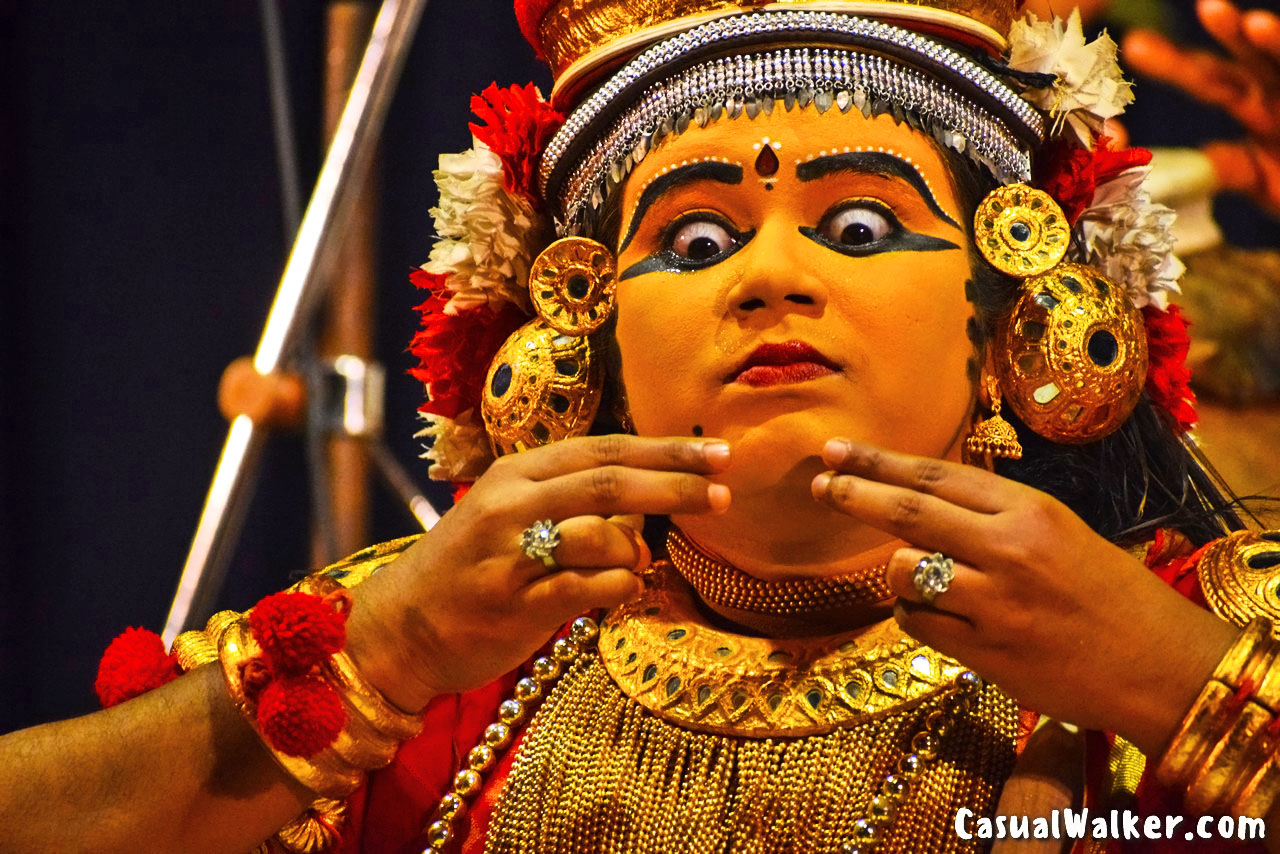

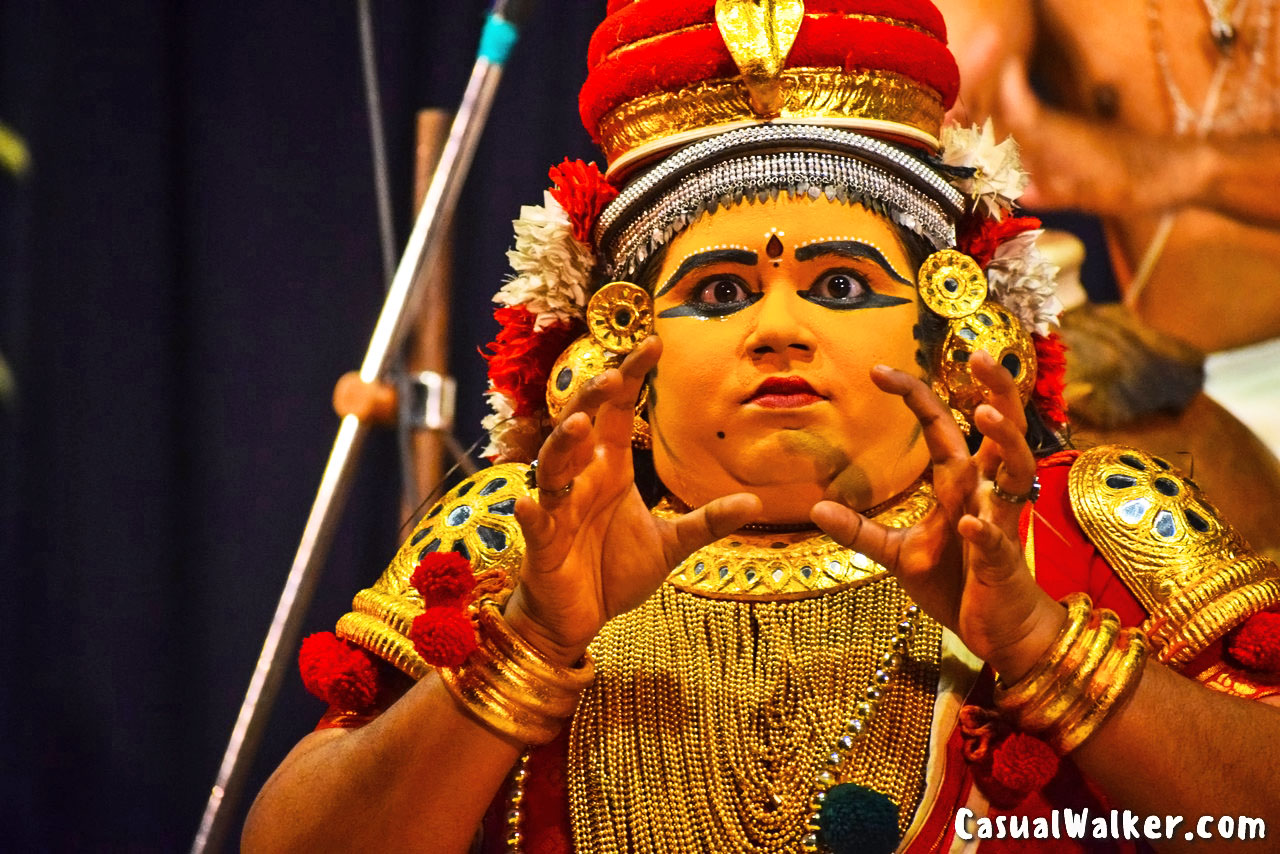
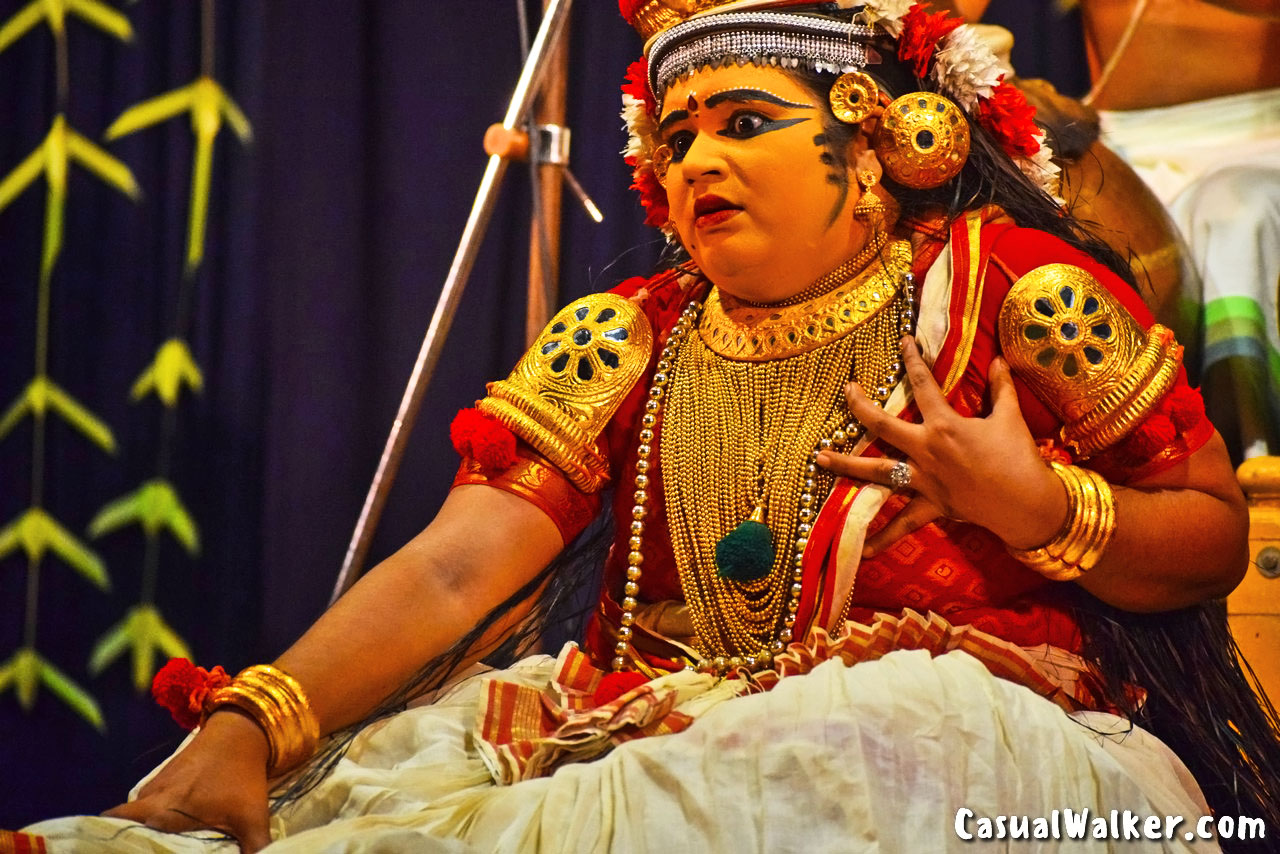
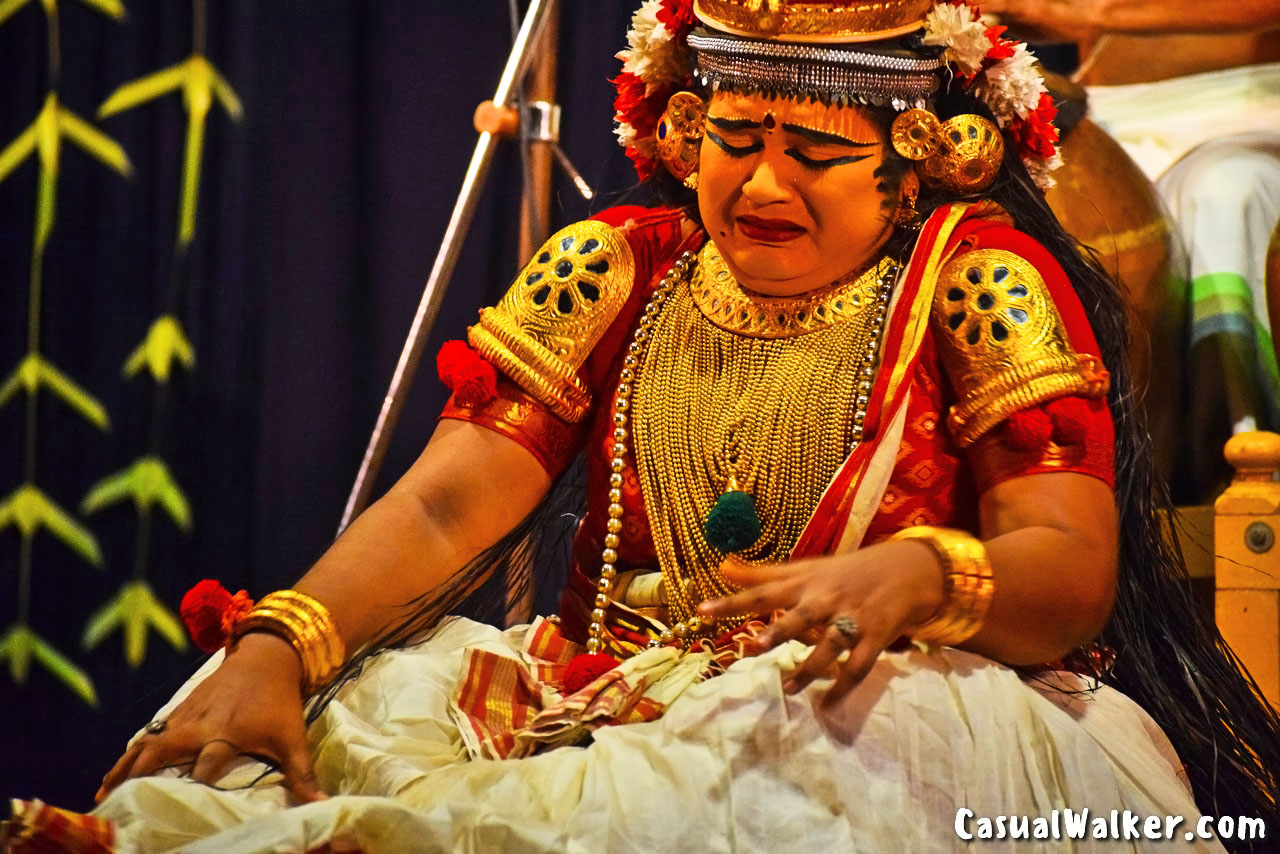
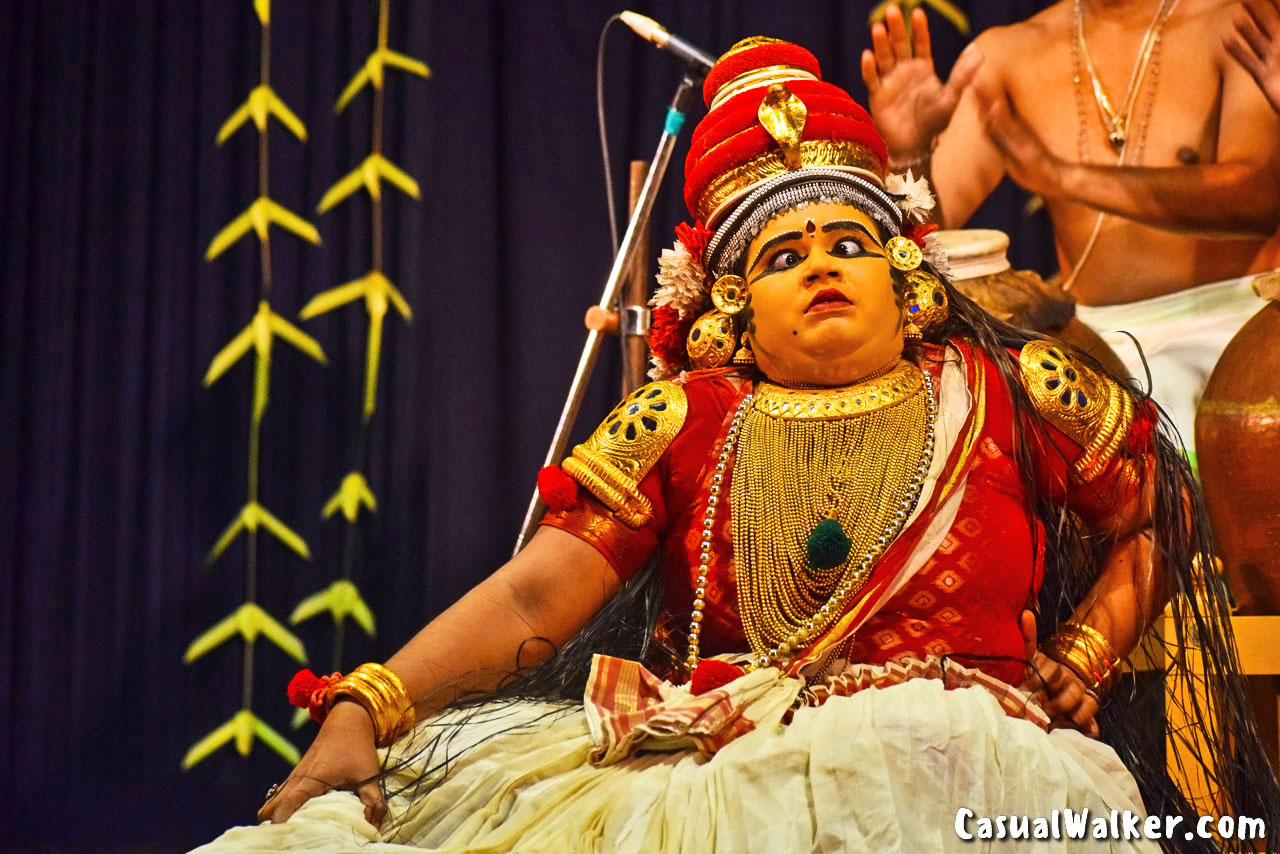
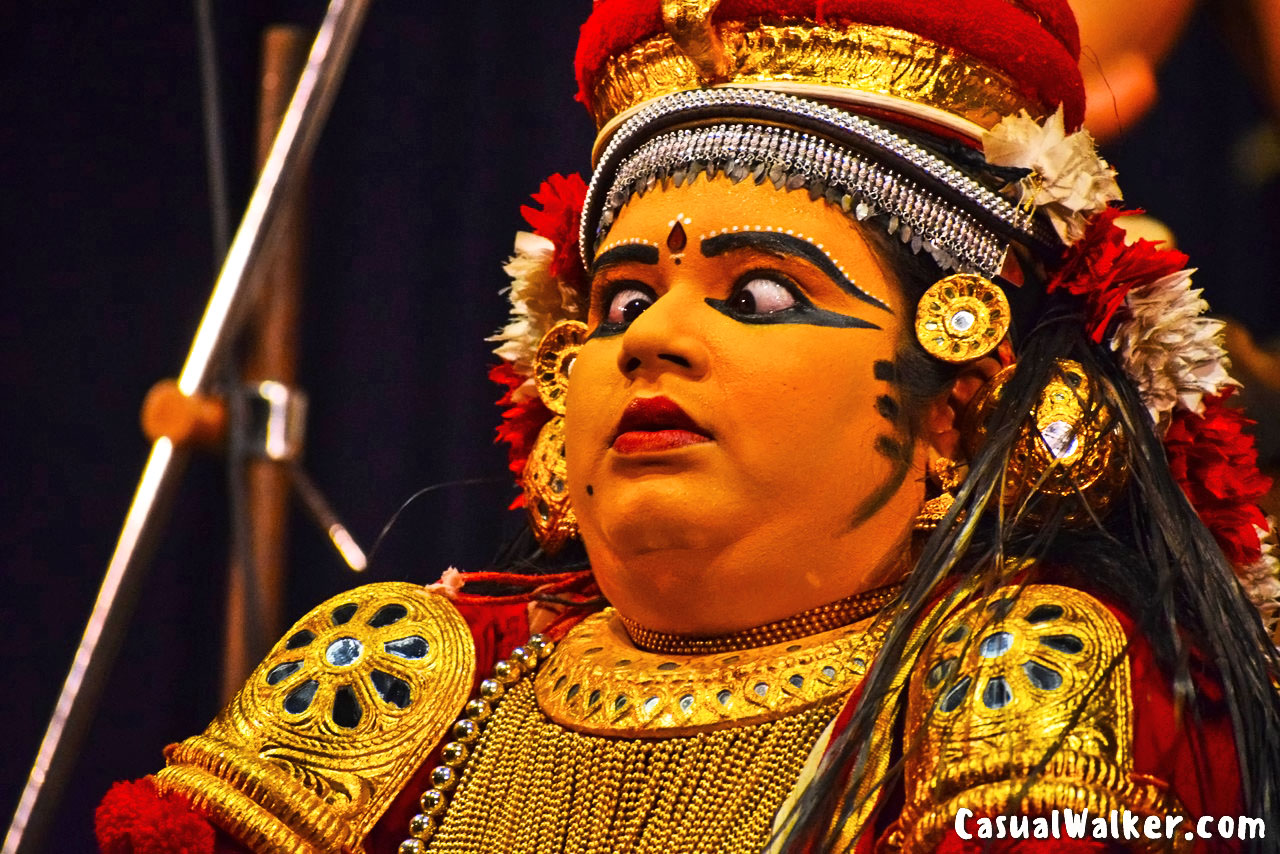
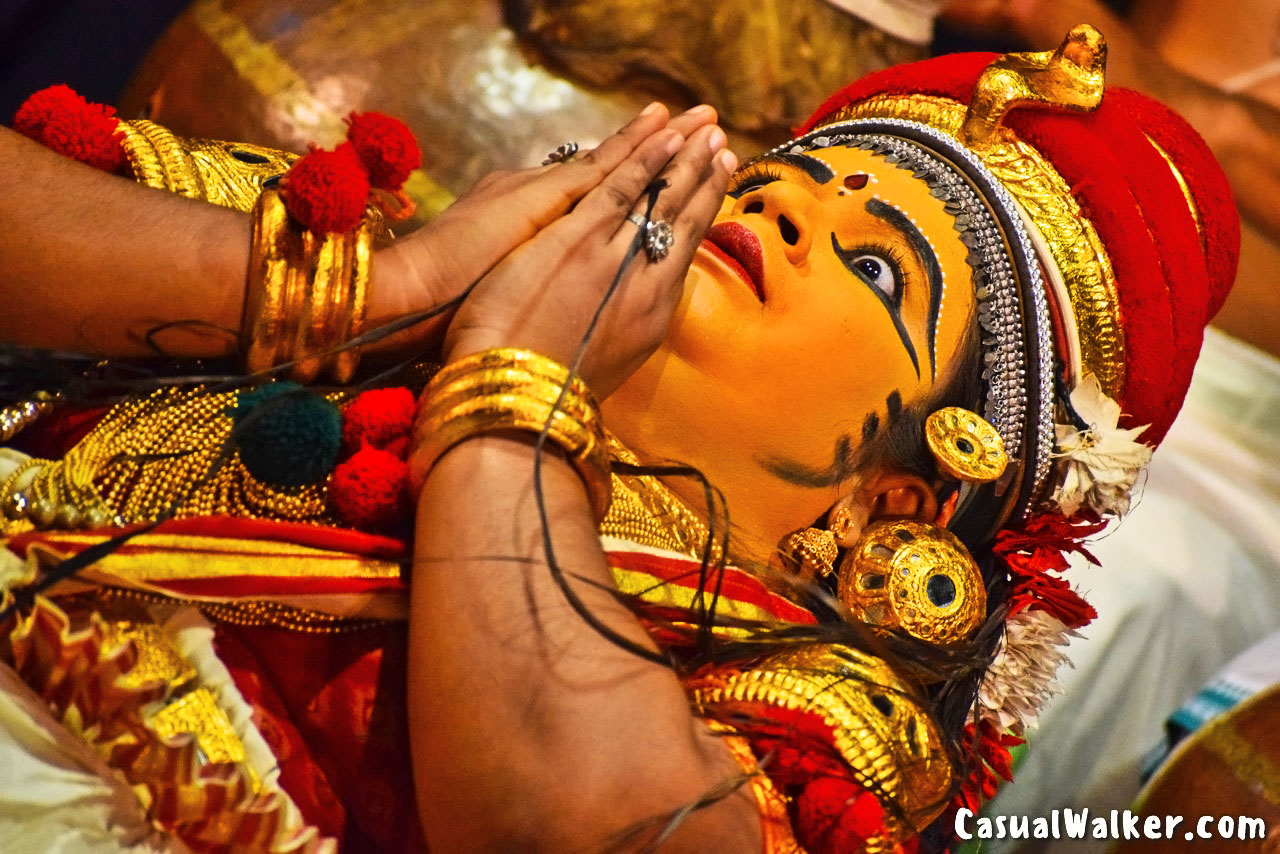

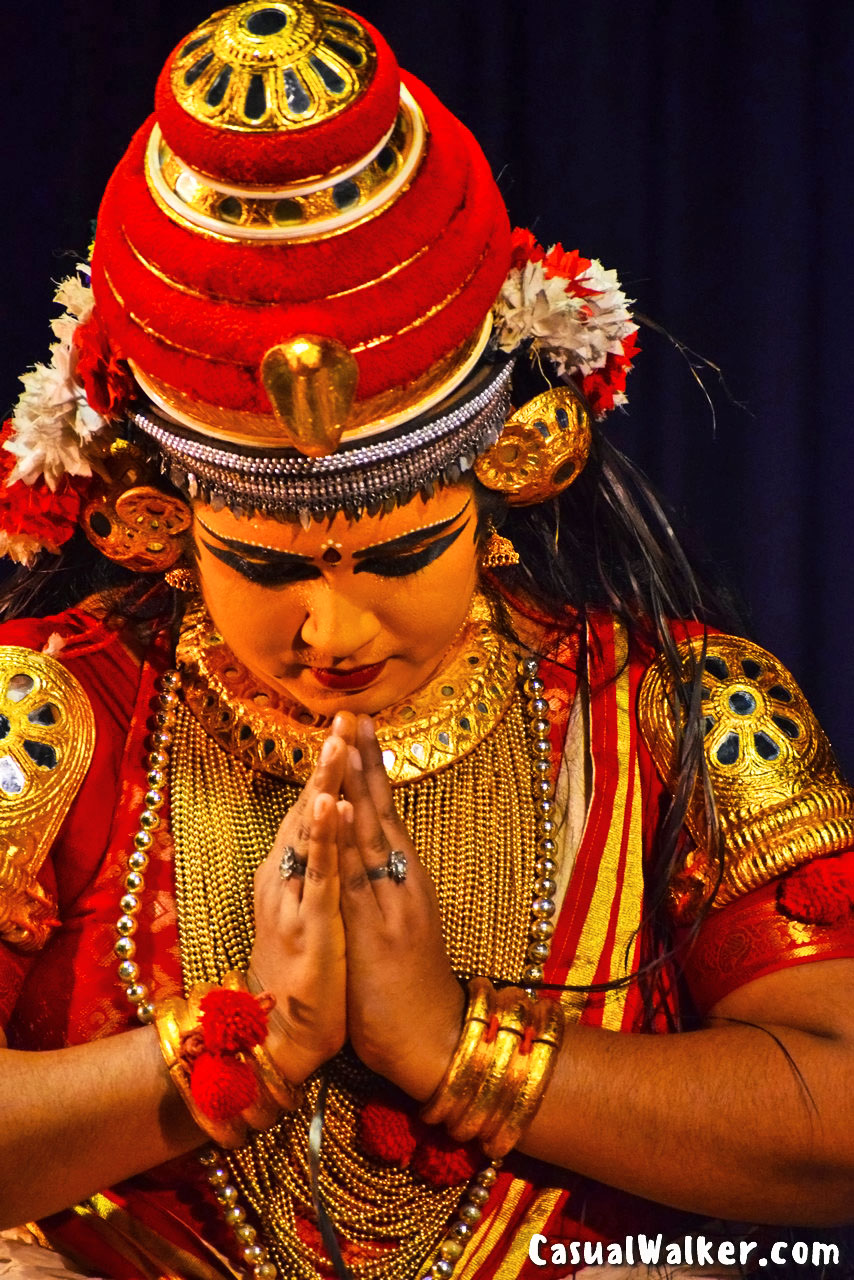
Also, check our Similar Photo Stories on Dance & Culture :
Koothu Kottaai – Grand Folk Arts Show Of Tamil Nadu (Part 1)

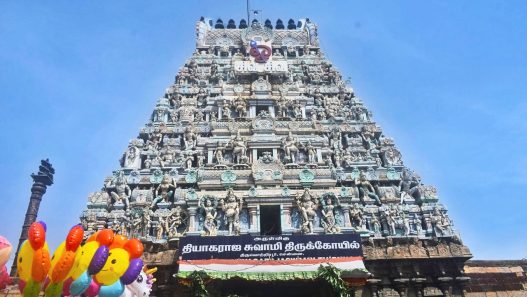



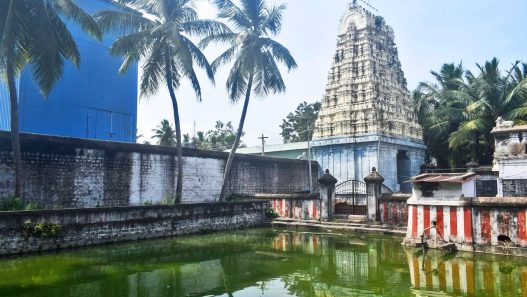

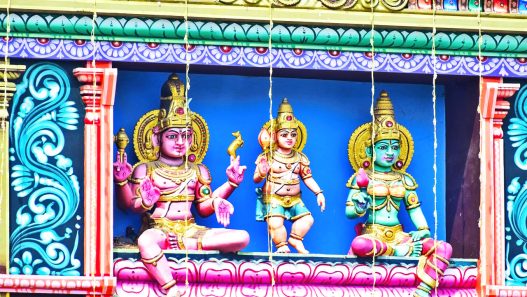




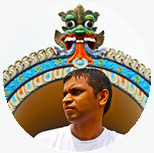










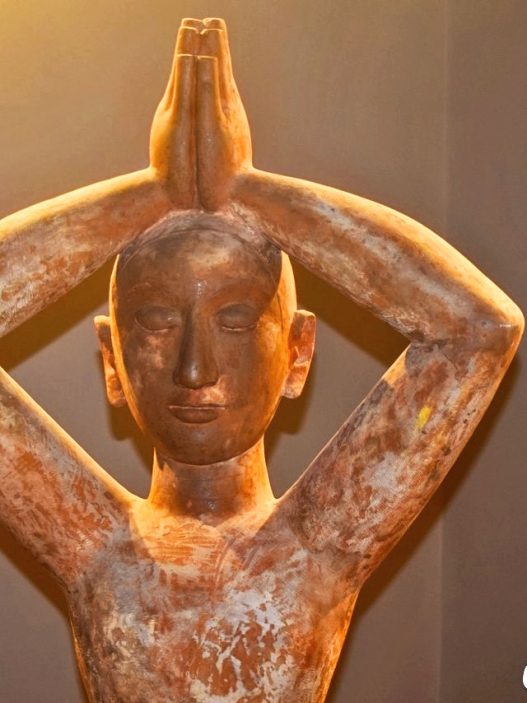

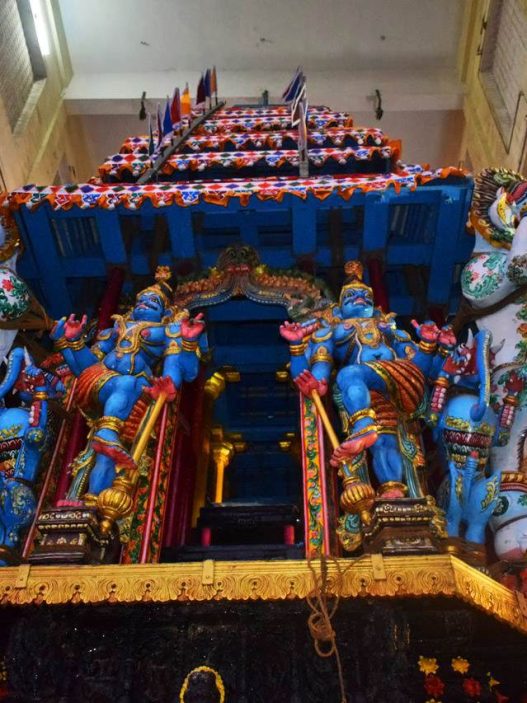
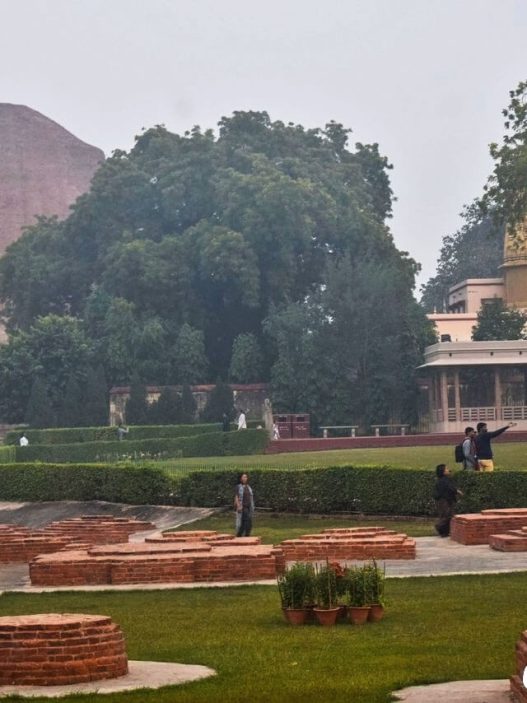
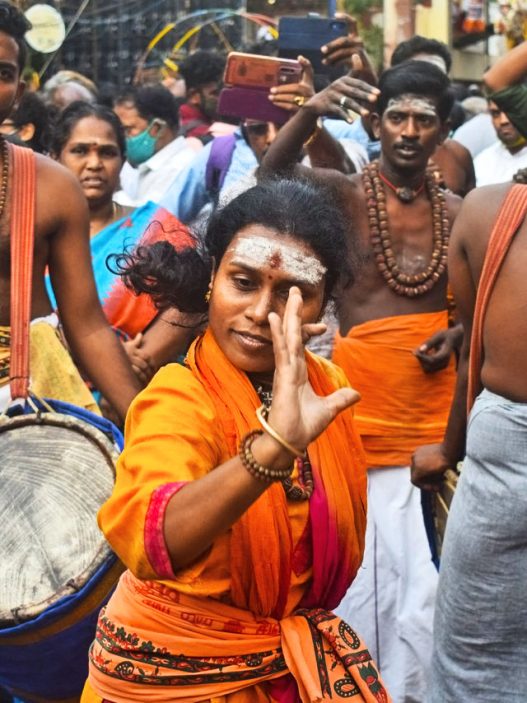
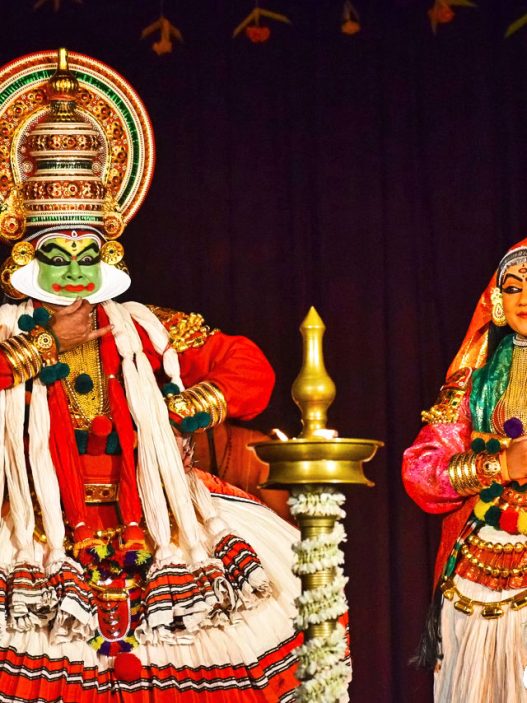

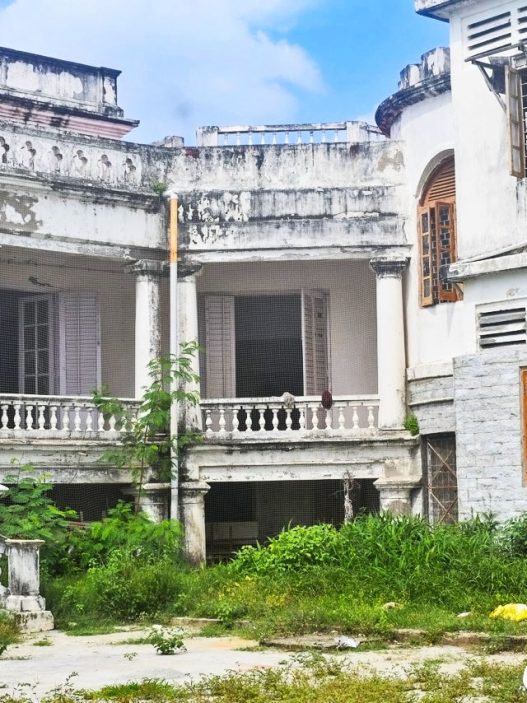
61y0k5